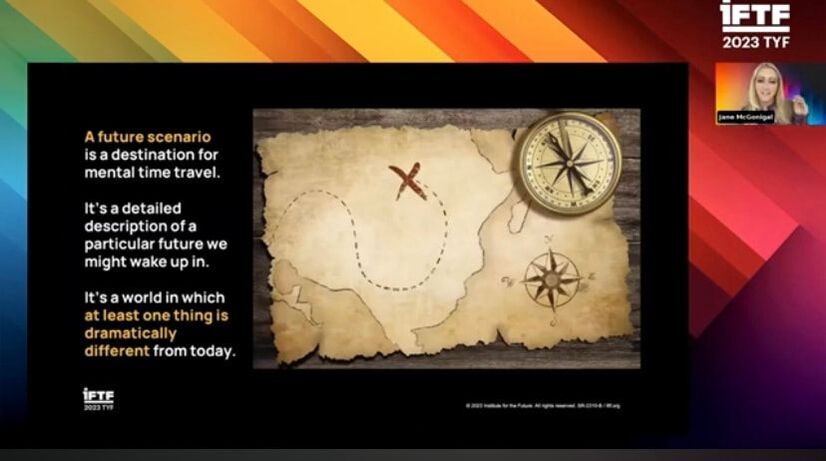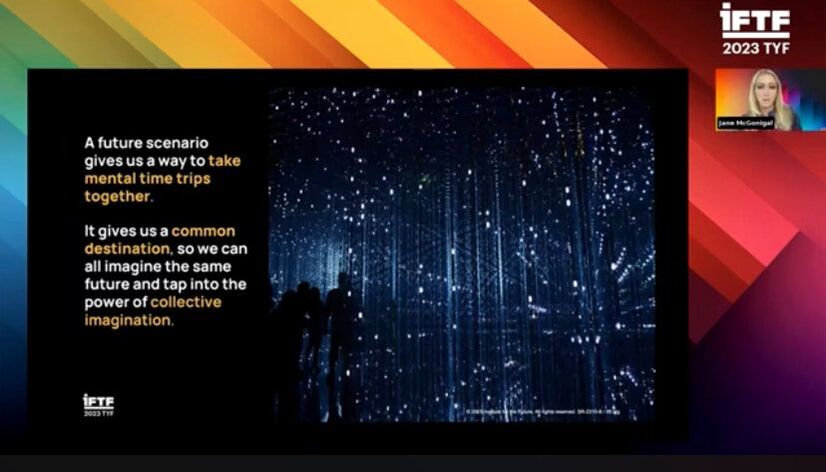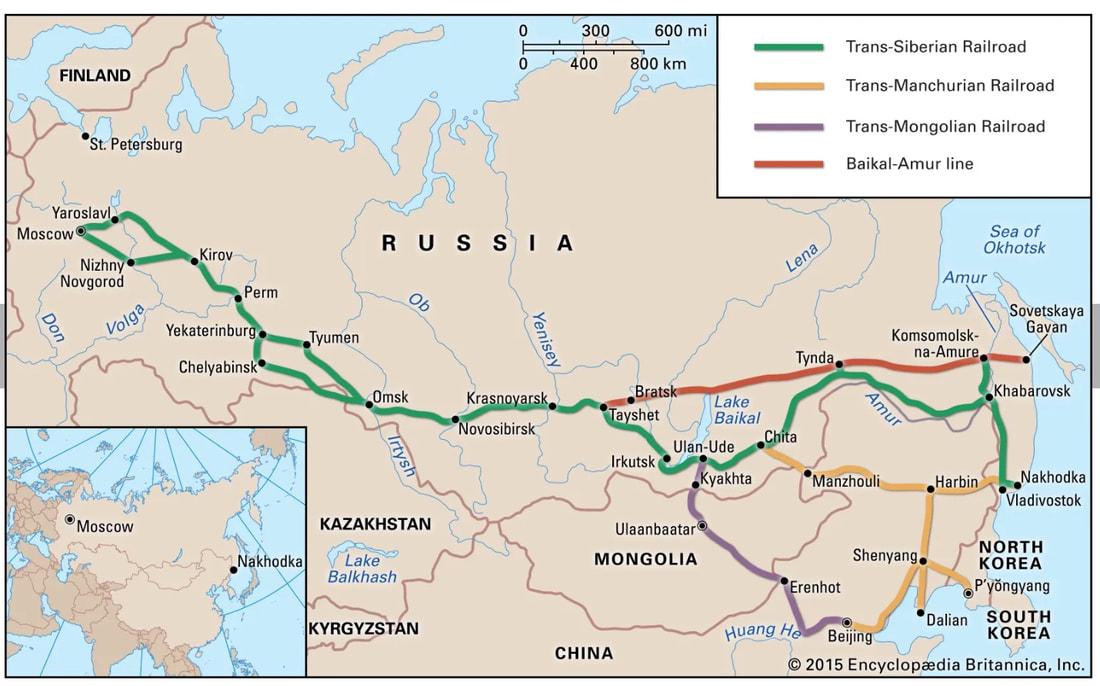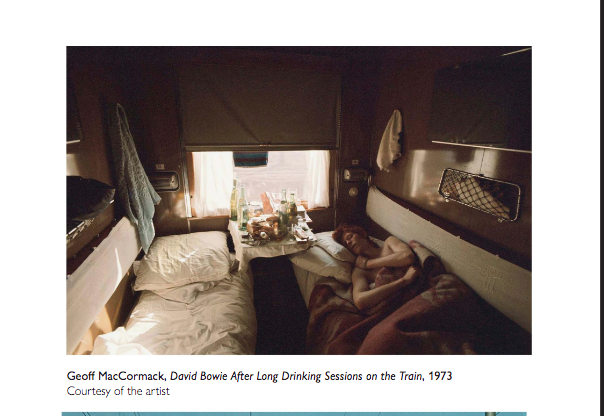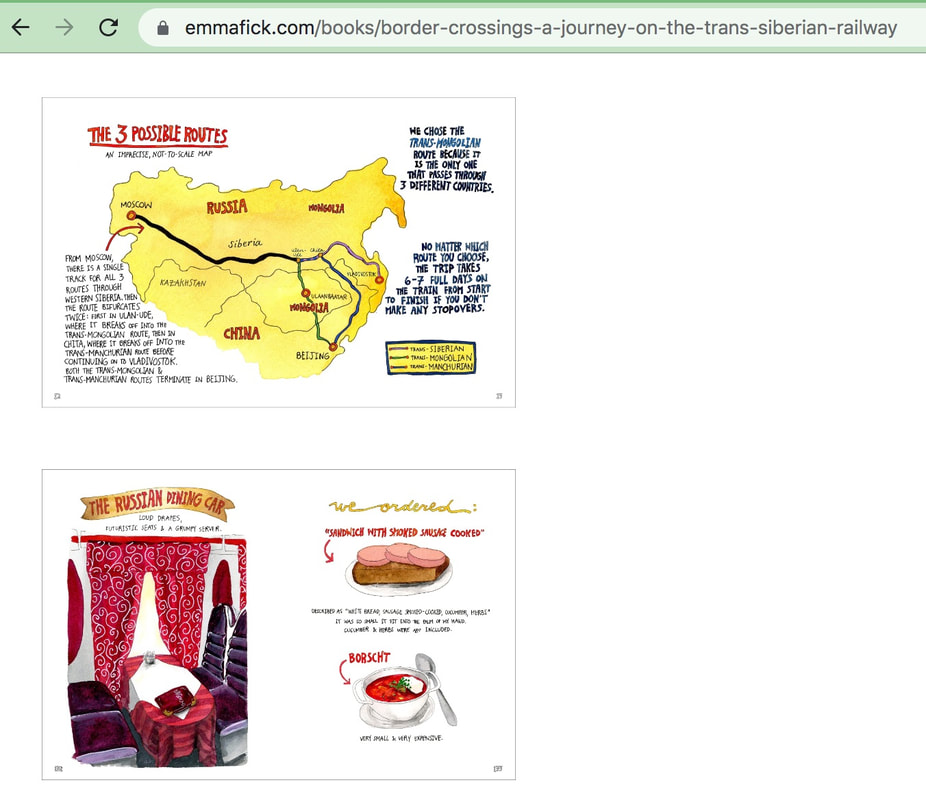|
I am a fan of the Institute for the Future (IFTF). Recently the June 1, 2023 virtual conference was about reimagining learning with multiple speakers discussing alternative visions of learning.
SCENARIO BUILDING EXERCISE Jane McGonigal offered an exercise where we imagine different future scenarios, specifically in education, where we one is asked to imagine a more purpose or challenge-driven education. The exercise begins by asking us to think about the future 10 years from now in which one thing is dramatically changed. It is an exercise that engages one to think about problems today and solutions for the future.
The video of the exercise "scenario club grand challenge" demonstrates what could be optimistic solutions for having a different type of purpose driven education in the future. It was part of the IFTF Ten-Year Forecast 2023 conference (video below)
Photo: https://www.britannica.com/biography/Sergey-Yulyevich-Graf-Witte
Recently, I've listened to multiple programs about the Trans Siberian Railway and the branch off called the Trans Mongolian Railway. I love the travelogues because it gives a first person account of the experience. It is as if I'm traveling too, immersed in the sensory experience without the fatigue or expense.
I've included a few experiences below where one can dine on the tracks in a pseudo simulated way, minus haptic gloves and sensory helmet in the 20th and 21st century. Possibly not simulated at all, yet in a way, seeing it through a few different people's eyes can offer something that feels real. David Bowie and Geoff MacCormack took the trip in April 1973, now part of exhibition at The Wende Museum in Culver City (California). MacCormack when asked about eating on the train, he said "the dining car received eggs and yogurt" and tins of food was sold, but "the food became sparse towards end of journey." He said, there was chicken then suddenly no chicken and the food was pretty grim. This was 1973 and they were young so he said you didn't really care. To hear the whole interview and if you want more moments with David Bowie traveling with his childhood friend, I've added the link because it's definitely a special experience hearing about them traveling on the train but also doing other things. Photo from the Exhibition catalogue + Wende Museum video interview https://wendemuseum.org/program/maccormack/
Emma Fick, a watercolor illustrator, takes us on another voyage of these railways but this time adds on the Mongolian route. Throughout her voyage, it feels as if we are there with her, sitting on one of the foldout hinged beds (*berths) listening to what she did today. There is so much color in her travelogue with objects, places, and people brought to life. Below is an image from her website showing one of the dining cars, train food, and her route.
These food experiences illustrated by Fick in her book Border Crossings: A Journey on the Trans Siberian Railway bring the experience to life in a way that is different than photographs. There are details that might be overlooked in a photograph, but in the illustrations it seems as if Fick is there to guide and point out cultural details.
For example, on the Mongolian train she shows and describes having a Chinese meal where they ate tomato and egg soup, a plate of chicken, green pepper and "chicken block" with fermented bean sauce (p34), while drinking Chinese beer. Other detailed drawings show the dining car where she ate, decorated in red ruffled seats and lit by light sconces. After a train stopoff to the homes of Mongolian families and markets, we, her virtual travel companions, return to another train to continue the journey. With every stop and step, it's as if she is pointing and telling us about something she noticed. And if you were wondering about some of the kitchenware of the train, she is here to describe and show them to you. For example, there is this interesting hot water dispenser called a "samovar" heated by coal. Then on the train leg from Irkutsk to Omsk more food is presented. A cardboard box is drawn showing the container and food delivered by train staff. The food in the boxes is illustrated and described as "soggy elbow macaroni and pale brown meat in sauce with stale bread" accompanied by a cookie with image of train on it and a water bottle (p167). Throughout the book, Fick provides explanations and details that make this a vivid experience. What I had always wondered about was the podstakanniki, and Fick describes and shows the metal Russian tea glass holders in use. I never knew what it was called, but Fick seemed to be there will the answers, showing and telling me. Although I like to focus on the food, her book has many insights to what it would be like to travel for many days across eight time zones on the trains and stopping to visit nearby communities. If you want to hear her talking more about this trip, here is link to KCRW's Evan Kleiman's program Good Food where she interviews Flick.
While reading the guidebook and actually making the Trans Siberian Railway trip would be ideal, for now, it's been interesting to hear and see other's experiences.
YouTube of course has many people's experiences documented in videologs. Below is one travelogue that again gave a first person experience of the trip and had lots of moments drinking from the podstakanniki, but also had some travel tips to help ease any real world train traveling in the future. |
Blog AuthorTiff Graham (TiGra) experimenting with ideas Archives
December 2023
|

